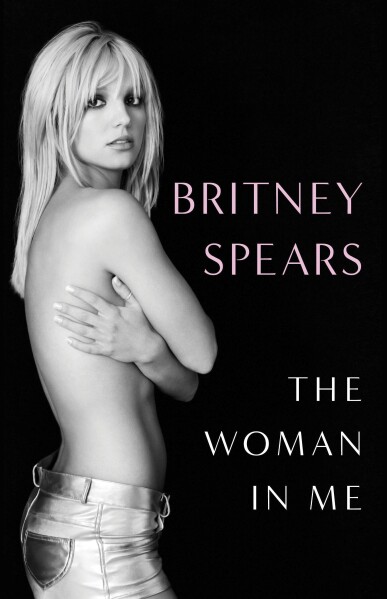
In 2021, the world was captivated by Britney Spears’s story as she spoke out against her father and her management as the result of their abuse and for keeping her under involuntary conservatorship. The world applauded for her as the conservatorship was terminated. Now the world applauds her memoir, The Woman in Me, for reclaiming and humanizing her story. The book highlights the importance of Spears reclaiming her independence by sharing her story as a woman within the music industry fighting against the men in her life that sought to control her.
Published on October 24, the memoir narrates a story that is described on the Gallery Books website—the publisher and a division of Simon & Schuster—as “a brave and astonishingly moving story about freedom, fame, motherhood, survival, faith, and hope.” Gallery Books reports that the memoir sold 1.1 million copies in its first week in the U.S, with the combined figure composed of sales of print books, e-books, pre-orders, and audiobooks. The publisher has also announced the memoir is going for a fourth printing, bringing the number of hardcover copies in print to about 1.4 million, making it the fastest selling book in Gallery’s history. The Woman in Me now joins other celebrity memoirs such as Spare by Prince Harry, The Promised Land by Barack Obama, Becoming by Michelle Obama, and Too Much and Never Enough by Mary Trump in selling over a million copies in their first week of publication.
What these numbers reflect is the support for the #FreeBritney movement that began in 2020 when rumors and personal accounts of the conservatorship and the effects it had on Spears’s mental health began to be uncovered. The internet has come out in droves to support Spears before the full extent of the situation and the implications of what that meant for the pop star’s life was even fully revealed. Of course, this also means that people have eagerly awaited for more news concerning Spears’s career under the authority of her conservatorship and what effects this had on her. And perhaps that reveals the harsh truth: the obsessive curiosity audiences possess when it comes to knowing and understanding the ugly and humane realities that lie beyond the persona celebrities present to the world. An almost desperate need to know that these larger-than-life figures possess larger-than-life issues that ground them back into reality and bring them to equal footing with us, humanizing them to us.
Another celebrity memoir that did exceptionally well was Prince Harry’s Spare, which was published earlier this year in January and sold 1.6 million copies in the U.S. during its first week. Spare followed the announcement that Prince Harry and his wife, Meghan Markle, would be leaving the royal family. Like Spears’s memoir, the success and reception of Spare could be attributed to the memoir’s debut following a huge news story.
The near-instant success of celebrity memoirs such as The Woman in Me following the dramatic revelation of such imperfections in these people’s lives seems to suggest readers crave these tragic stories that explore every human emotion that hides behind the smiles and carefully-crafted persona portrayed in public. Readers want to know the details hidden behind closed doors that humanize celebrities. In a sense, a memoir like The Woman in Me is the closest we can get to an honest portrayal of a human who has been placed on a pedestal.











